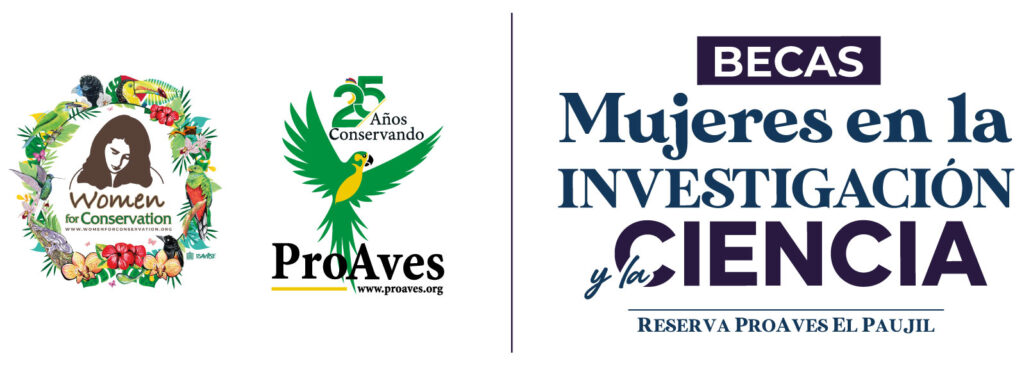With the purpose of contributing to the empowerment of women scientists and researchers in our country, ProAves relaunches its scholarship program for two (2) women who are interested in developing undergraduate or graduate research processes focused on the conservation of the Curassow. Bluebill (Crax alberti) and primates in the ProAves El Paujil Reserve, located in the district of Puerto Pinzón, municipality of Puerto Boyacá, Boyacá. This initiative aims to contribute to the protection of biodiversity and the threatened species that inhabit said territory.
The scholarship is worth $2,500,000 and includes:
– $2,500,000 for transportation, food and life insurance
– Value of lodging at the ProAves El Paujil Reserve during your stay
– Supervision by ProAves Colombia
Field phase duration: 2 months
Location: ProAves El Paujil Reserve, district of Puerto Pinzón, municipality of Puerto Boyacá, Boyacá
The scholarships will be focused on:
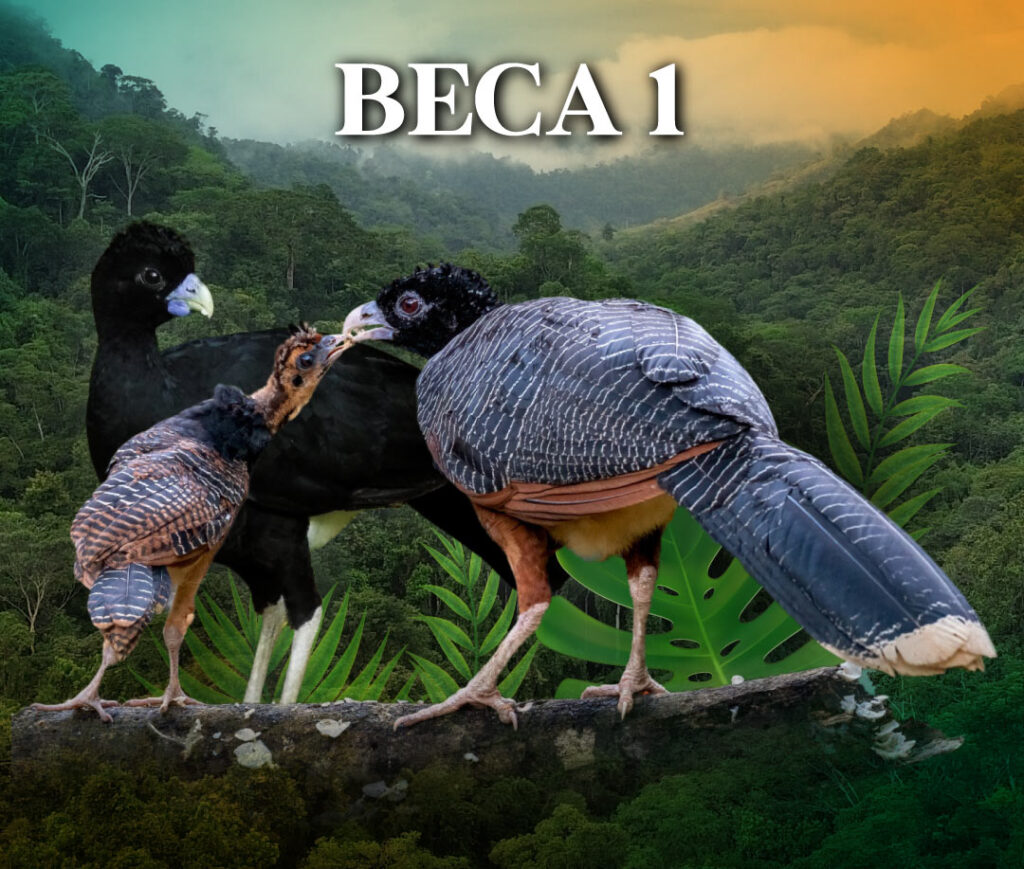 Conservation of the Blue-billed Curassow (Crax alberti).
Conservation of the Blue-billed Curassow (Crax alberti).
Conservation of primates (Cebus albifrons versicolor, Ateles hybridus, Alouatta seniculus, Aotus griseimembra), mainly the Magdalena Spider Monkey (Ateles hybridus), due to its endangered degree of threat.
The women who are selected to develop the research scholarships must:
- Deliver a report of the activities carried out to the Research Director of ProAves.
- Make a contribution to community workshops on research topics.
- Submit an article about the research carried out for the magazine Conservación Colombiana.
Requirements to apply for the scholarship:
- Women undergraduate or graduate students, which will be verified with a document that validates that they are carrying out their academic training.
- Carry out a research project focused on the conservation of primates: (Cebus albifrons versicolor, Ateles hybridus, Alouatta seniculus, Aotus griseimembra), mainly the Magdalena Spider Monkey (Ateles hybridus), due to its degree of threat Endangered or the Curassow-billed Blue (Crax alberti).
- If you are not part of an academic program, write a letter of intent stating why you would be a relevant candidate for the project and what research topic you would be interested in carrying out. The letter must be sent to the email acortes@proaves.org and lgmosquera@proaves.org
- If necessary, you can apply to other organizations to expand resources and co-finance the project.
Registration will be open from June 19, 2024 and must be done using the following form.
If you have any concerns or want more information, you can contact the following contacts:
Alex Cortés
Cell phone: 3127392635
Luis Gabriel Mosquera
Cell phone: 3105375059
The following information may be useful to devise the project, below is a list of species in the threatened category reported in the ProAves El Paujil Reserve.
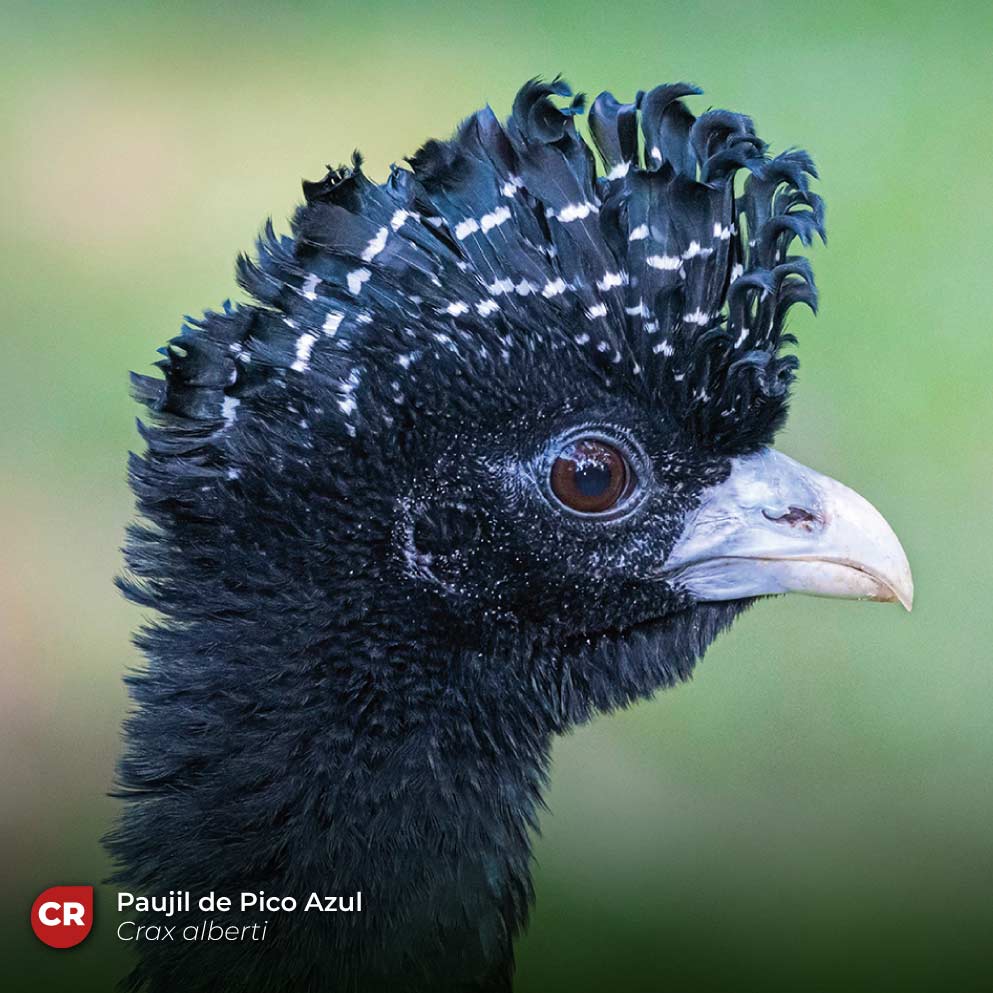
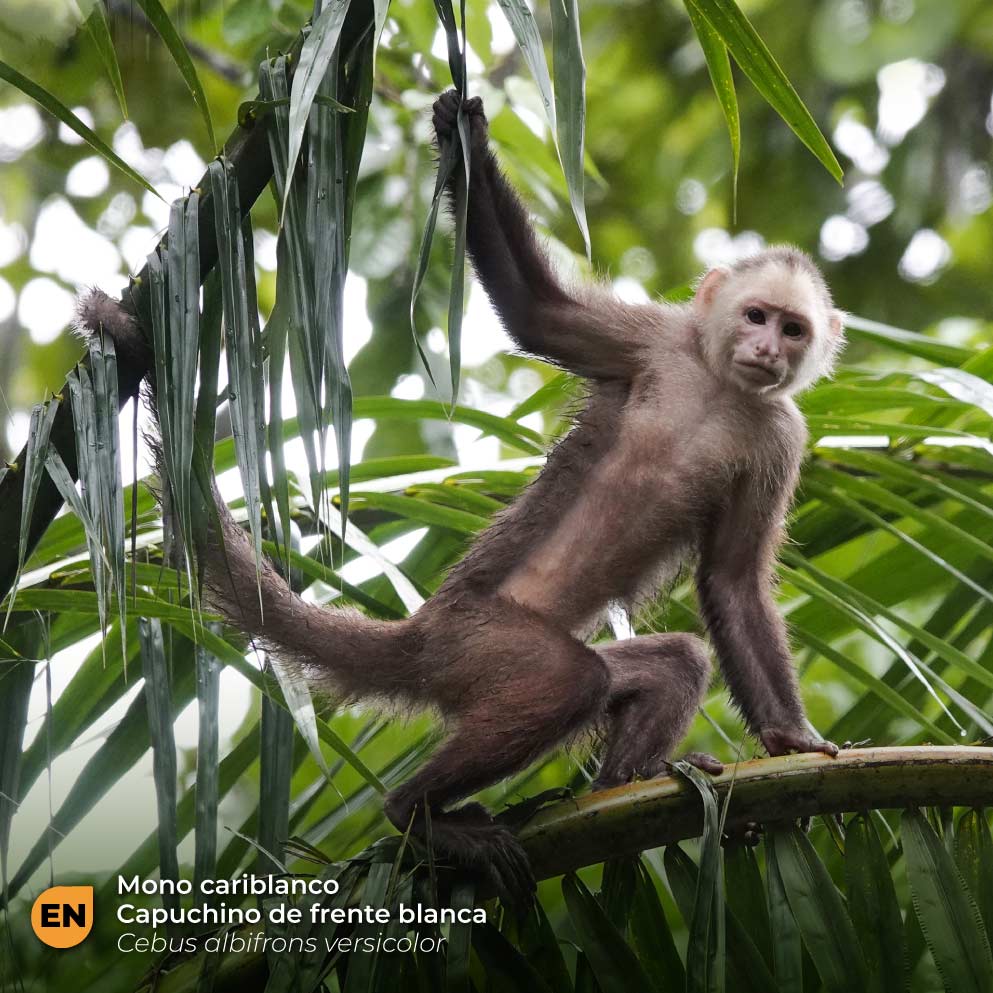
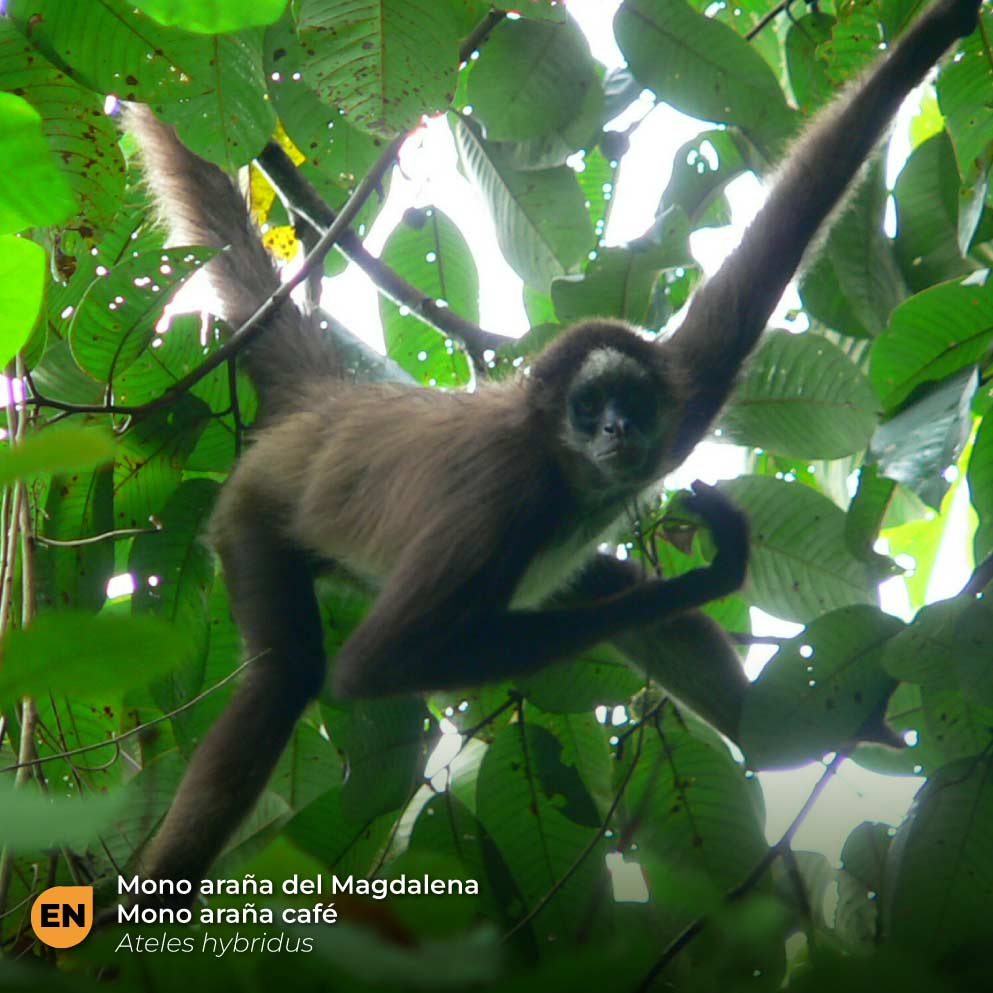
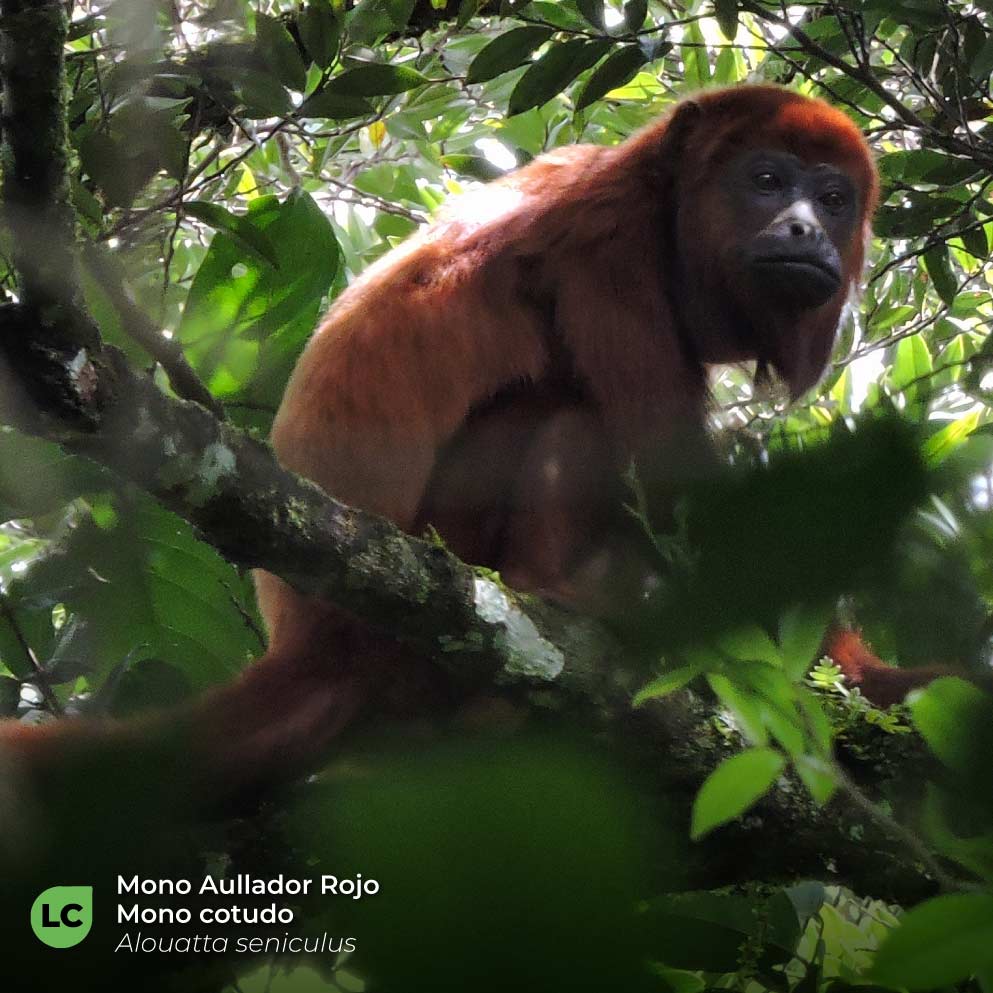
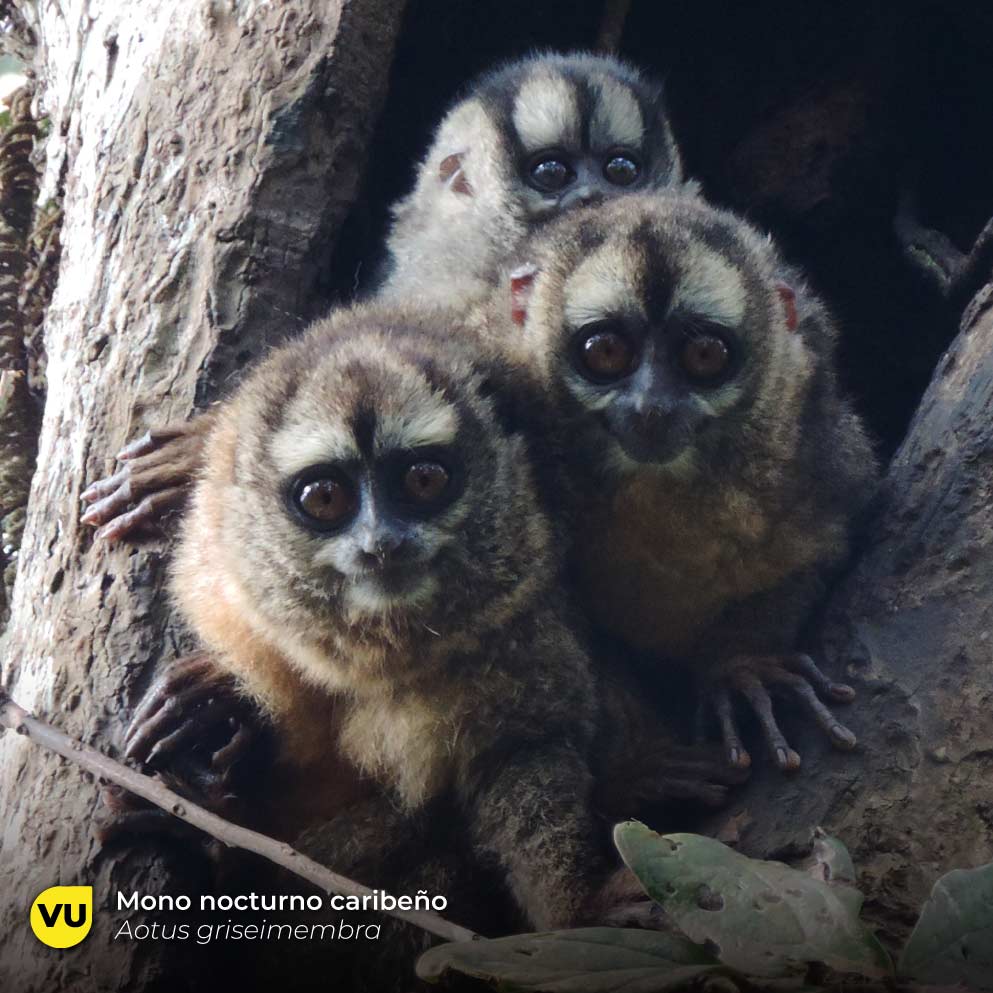
How to get to the ProAves El Paujil Reserve?
You can travel from Ibagué, Bogotá or Medellín, heading to the municipality of Puerto Boyacá, department of Boyacá.
Public transport:
From Ibagué, Bogotá or Medellín, travel to Puerto Boyacá, department of Boyacá, with the companies Brasilia, Rápido Tolima, Los Libertadores or Transporte La Reina.
Once you arrive in the municipality of Puerto Boyacá, look on Mercado Street (one block from the main park) for the Transluzena company dispatch site to Puerto Pinzón. The departure times are: 11:00 a.m., 2:00 p.m. and 3:00 p.m. Estimated travel time is 2 to 3 hours.
Private transport:
It is not necessary to go to the municipality of Puerto Boyacá, once at the Dos y Medio intersection you can head towards Puerto Pinzón. Approximately 15 minutes into this route, you will find on the left side an unpaved road that leaves the paved road. There you will find a sign indicating the Puerto Pinzón-Pozo 2 route.
Upon arriving in Puerto Pinzón you have several options to get to the Reserve: walk for 40 minutes, take a motorcycle taxi or sail by boat along the Ermitaño River. This option for the river depends on its flow depending on the rainy season.
